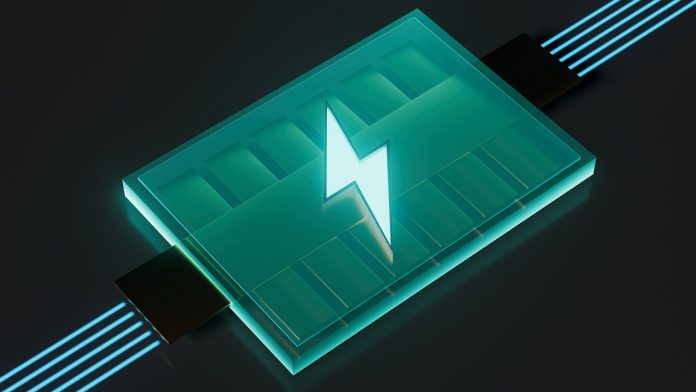An international team of researchers at the University of Sydney has made an improved sodium battery that can store four times as much energy as lithium-ion batteries. This is a big step forward for energy storage technology. The project has created a novel sodium battery that is not only produced at a far lower cost than lithium batteries but also has a significantly higher energy storage capacity.
The innovative battery was created using sodium-sulphur, a molten salt that can be extracted from seawater, which is far less expensive than obtaining lithium. Although sodium-sulfur batteries have been around for more than 50 years, their limited energy capacity and short life cycles have prevented them from finding widespread usage. To get around these limitations, the researchers used carbon-based electrodes and a straightforward pyrolysis procedure to increase sulfur’s reactivity and the reversibility of its interactions with sodium. As a result, the sodium battery had an extremely high capacity and an extremely long life at ambient temperature.
The lithium-ion battery, which is used in the majority of electronic gadgets but is expensive to produce and recycle, can be replaced with a sodium battery since it is more energy-dense and less hazardous. The battery is meant to be a high-performance replacement for large systems that store renewable energy and lower operating costs, especially for power grids.
“Our sodium battery has the potential to significantly lower costs while delivering four times as much storage capacity. We need high-quality storage options that do not cost the earth and are simple to access on a local or regional level when the sun is not shining and the breeze is not blowing. By offering a technology that lowers prices, we seek to accelerate the transition to renewable energy. Our chances of limiting global warming are better the faster we can reduce carbon emissions,” said Dr. Shenlong Zhao, the study’s principal investigator from the university’s School of Chemical and Biomolecular Engineering. This is a big step forward for the growth of renewable energy, which has faced several financial obstacles despite long-term cost reductions.
The report also says, “Storage solutions made from abundant resources like sodium, which can be made from seawater, have the potential to make energy more secure and allow more countries to join the transition toward decarbonization.”
The University of Sydney’s chemical engineering facility has successfully tested the sodium battery, and the team is now working to improve and sell the Ah-level pouch cells.
The research, “Atomically Dispersed Dual-Site Cathode with a Record High Sulphur Mass Loading for High-Performance Room-Temperature Sodium-Sulphur Batteries,” was published in Advanced Materials.



Leave A Comment